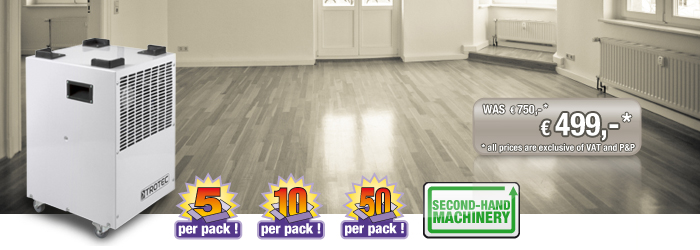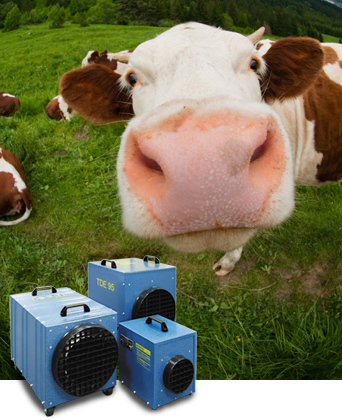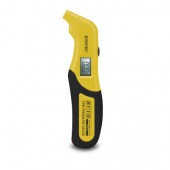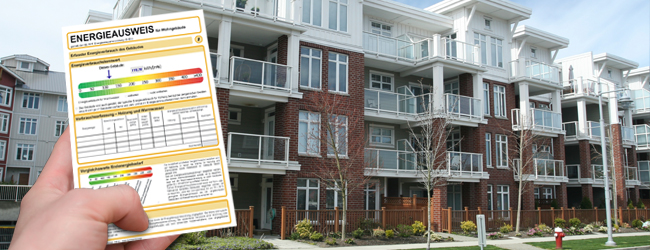
Although we were treated to some glorious sunshine at the beginning of the month, the change in weather which we are now experiencing, with cold fronts advancing from the frosty north and snow squalls already affecting some regions in the south, hardly came as a complete surprise. With the days getting shorter and the nights getting colder, we could slowly rest assured that autumn was finally upon us and that if we were not very careful the cold, wet weather would soon start to take its toll.
To mark the onset of the winter season, the members of our company were last week all offered free flu inoculations in the workplace so that we could protect ourselves against the annually recurring and very real threat of a flu epidemic. In a large company like ours, where people work together as a close team in an office environment and workers and colleagues come into contact with clients, suppliers and forwarders from all parts of Germany, Europe and as far off places as China, the bug has countless opportunities to spread from one host to another until there isn’t a dry nose or clear throat in the house.
For years now, scientists in the field of vaccine research have been desperately trying to come up with a vaccine which would be able to provide potent long-term protection against the dreaded influenza virus which each year raises its ugly head with a force so powerful that it could at least potentially lead to an outbreak on a pandemic scale.
Now history appears to be in the making.
A team of microbiologists at the Mount Sinai School of Medicine in New York under the direction of their principal investigator Professor Peter Palese have made a major breakthrough and appear to have succeeded in coming one vital step closer to developing a vaccine which could provide long-term immunisation against the often lethal virus which not only has the potential to cripple whole economies but also bears enough potency to bring a country to its knees.
The newly developed process designed by the team around Professor Palese no longer targets the head of the protein, it now attacks the tail which mutates at a considerably lower speed than its opposite end. This would in effect mean that a vaccine could remain effective for a period of up to several years.
Although this new avenue has proved to be extremely promising, there are still many hurdles that need to be taken. Up to now the vaccine has only been tested on mice and exhaustive tests still have to show how the complex human organism will react. Another significant point is that although the vaccine prevents the virus from spreading, it does not actually tackle the infection itself. Yet these revolutionary results nonetheless give grounds for new hope not only in research circles, but the world over. And who knows? Perhaps the scientists who produce the vaccine for 2011 will already be able to benefit from the fruits of these studies.
But until they do, there are one or two things we can continue to do to stop ourselves from coming down with a bout of flu: wrap up warm, make sure you wash your hands often enough, follow a balanced diet, boost your vitamin intake and try to get out and get a lungful of fresh air as often as you can to help strengthen your immune system. And if you or your family are unlucky enough to come down with the flu, then apart from perhaps consulting your GP you should try to make sure that you get enough rest, drink enough fluids and perhaps take a hot bath or put a hot-water bottle in your bed if you are feeling exceptionally cold. In addition, it is also imperative that you pay particular attention to your temperature, so as to be able to track the course of the illness.
The Temptection BodyPlus infrared thermometer TROTEC is excellently-suited to help you do so, because it measures your body temperature quickly, reliably, and because measuring is carried out contact-free, hygienically too. And as if that were not enough, the Temptection BodyPlus can also measure the temperature of your bath water, your tea, your leg compresses and even your hot-water bottle in next to no time too.
Quite an impressive list for quite an impressive tool. From Trotec.


 Parting can be sweet sorrow – and especially difficult if the object you are planning on parting company with is that lovely little hatchback, that small-family-sized SUV or that really stylish ragtop which you had once so set your heart on buying. Yet time waits for no man – and for no four-door saloon either – and so having outgrown your car and with that brand new model smiling at you from your local showroom, you decide that the day has come to find your car a new owner.
Parting can be sweet sorrow – and especially difficult if the object you are planning on parting company with is that lovely little hatchback, that small-family-sized SUV or that really stylish ragtop which you had once so set your heart on buying. Yet time waits for no man – and for no four-door saloon either – and so having outgrown your car and with that brand new model smiling at you from your local showroom, you decide that the day has come to find your car a new owner. 
 Cows can be very choosy. It’s a well-known fact. And being choosy, they tend to be very picky when it comes to the way they are kept.
Cows can be very choosy. It’s a well-known fact. And being choosy, they tend to be very picky when it comes to the way they are kept.




